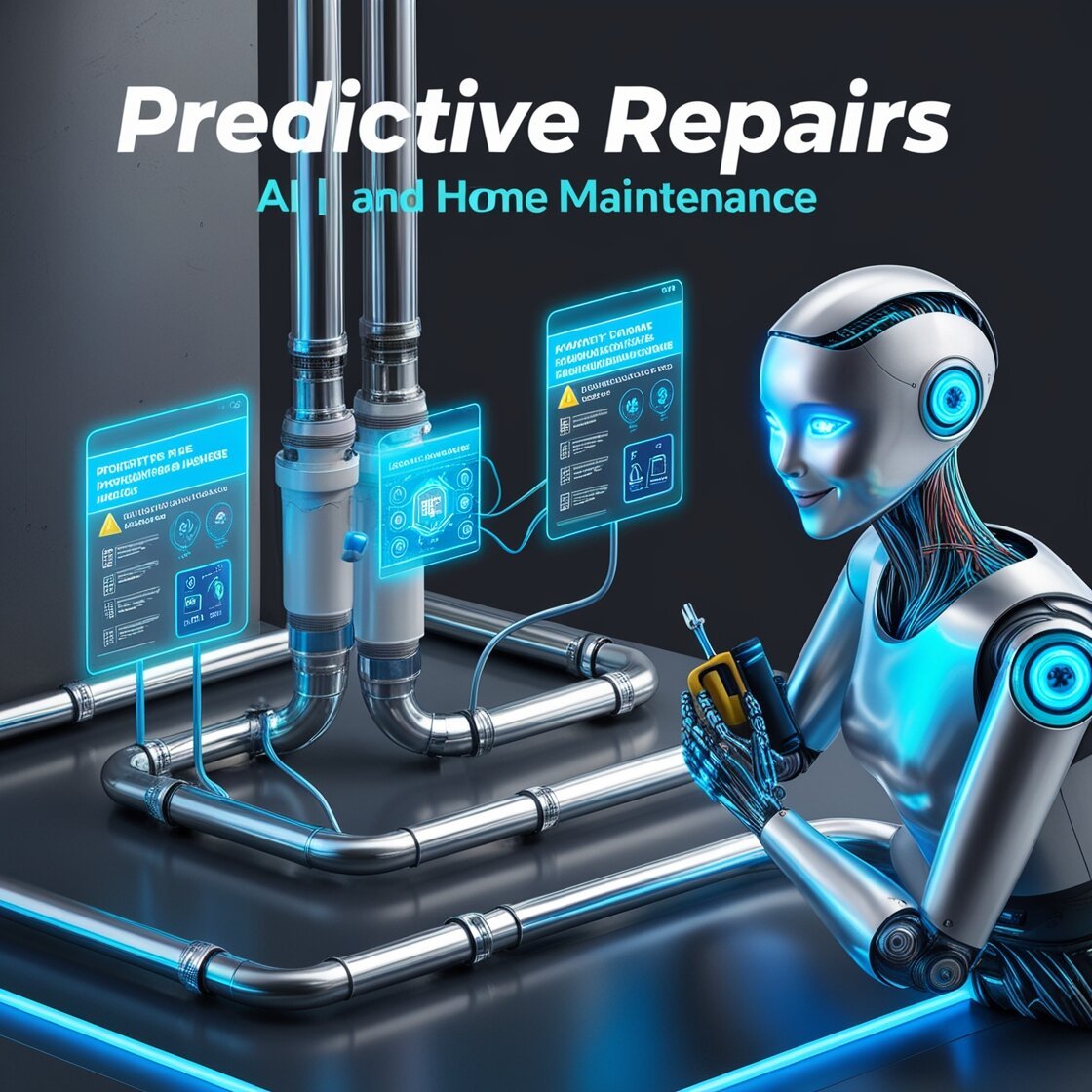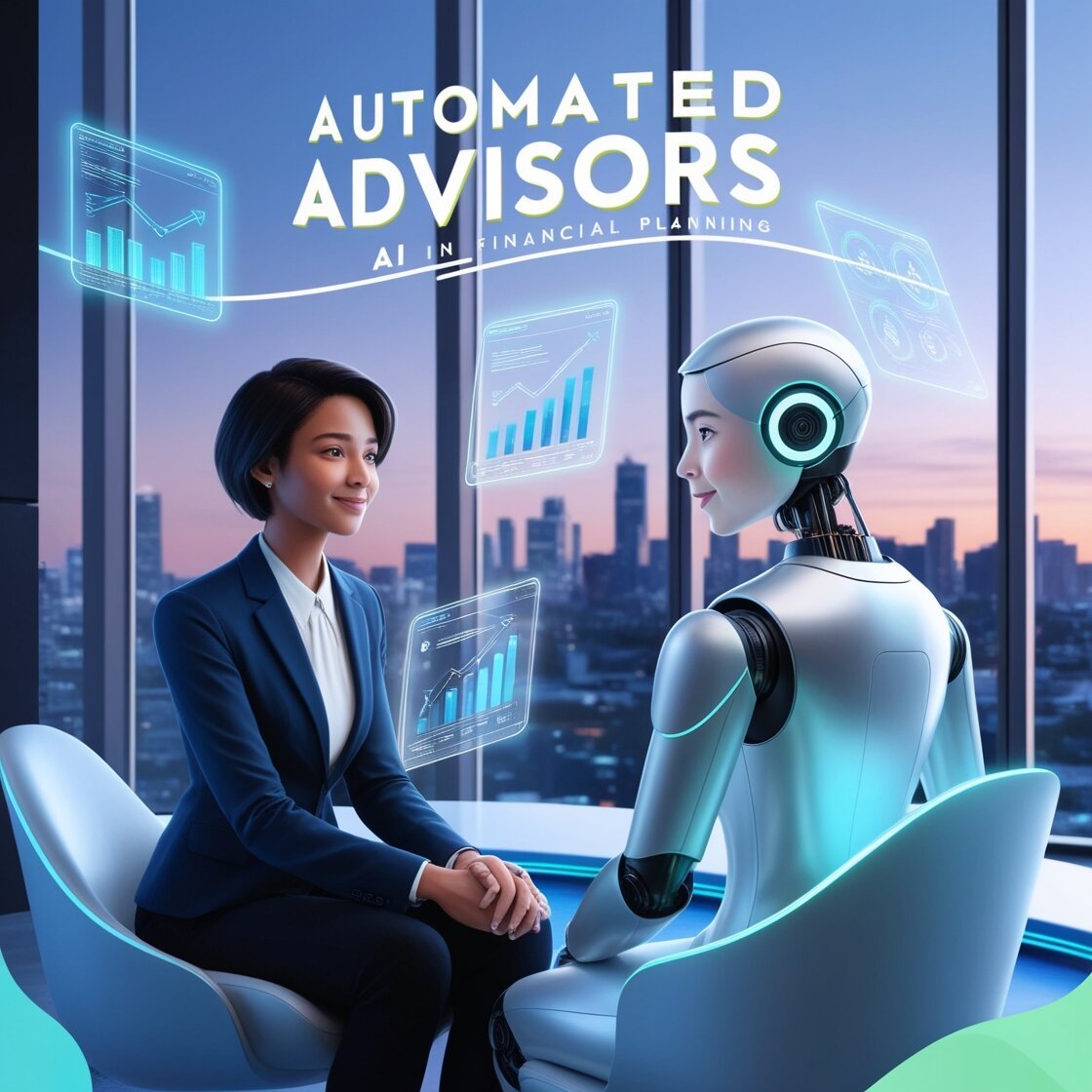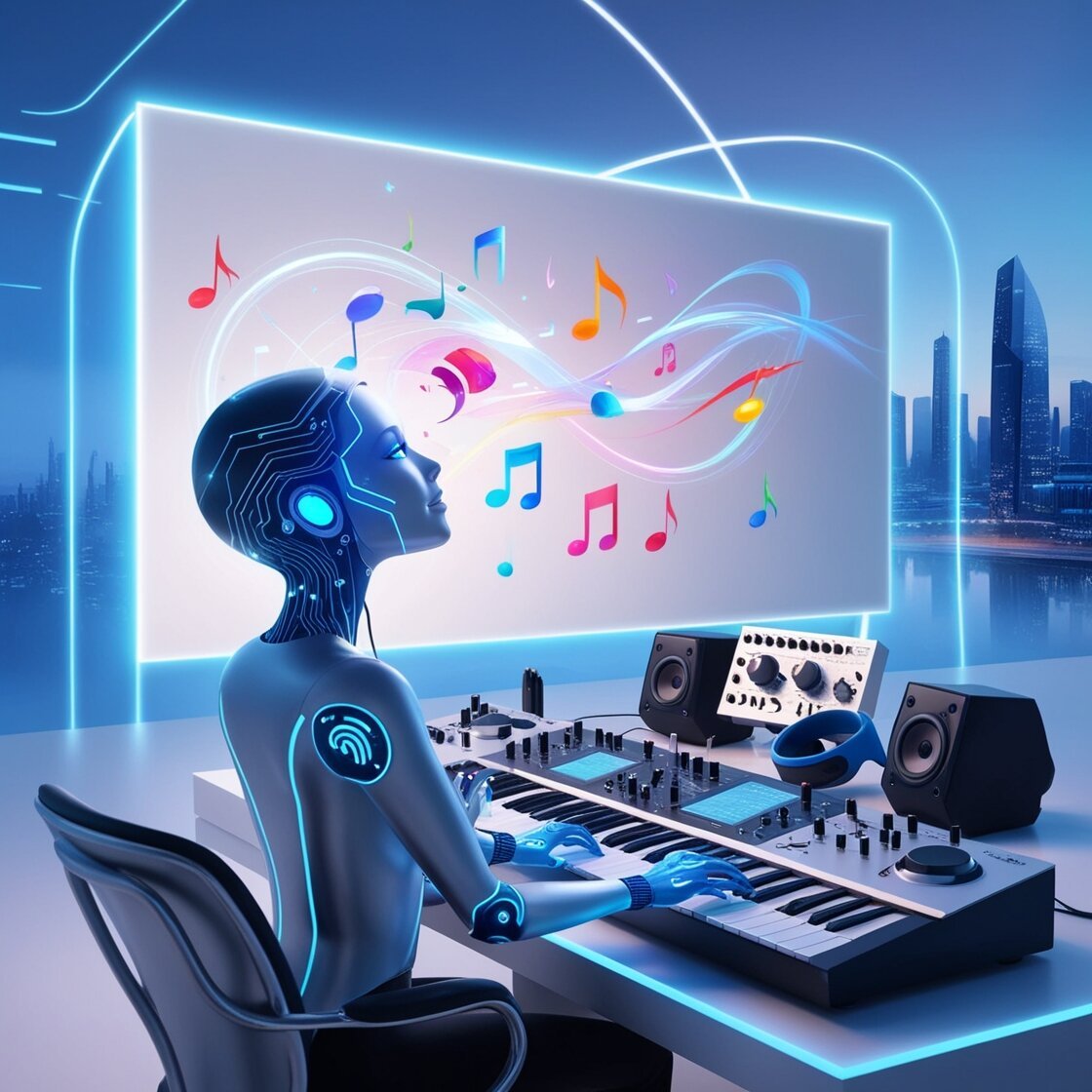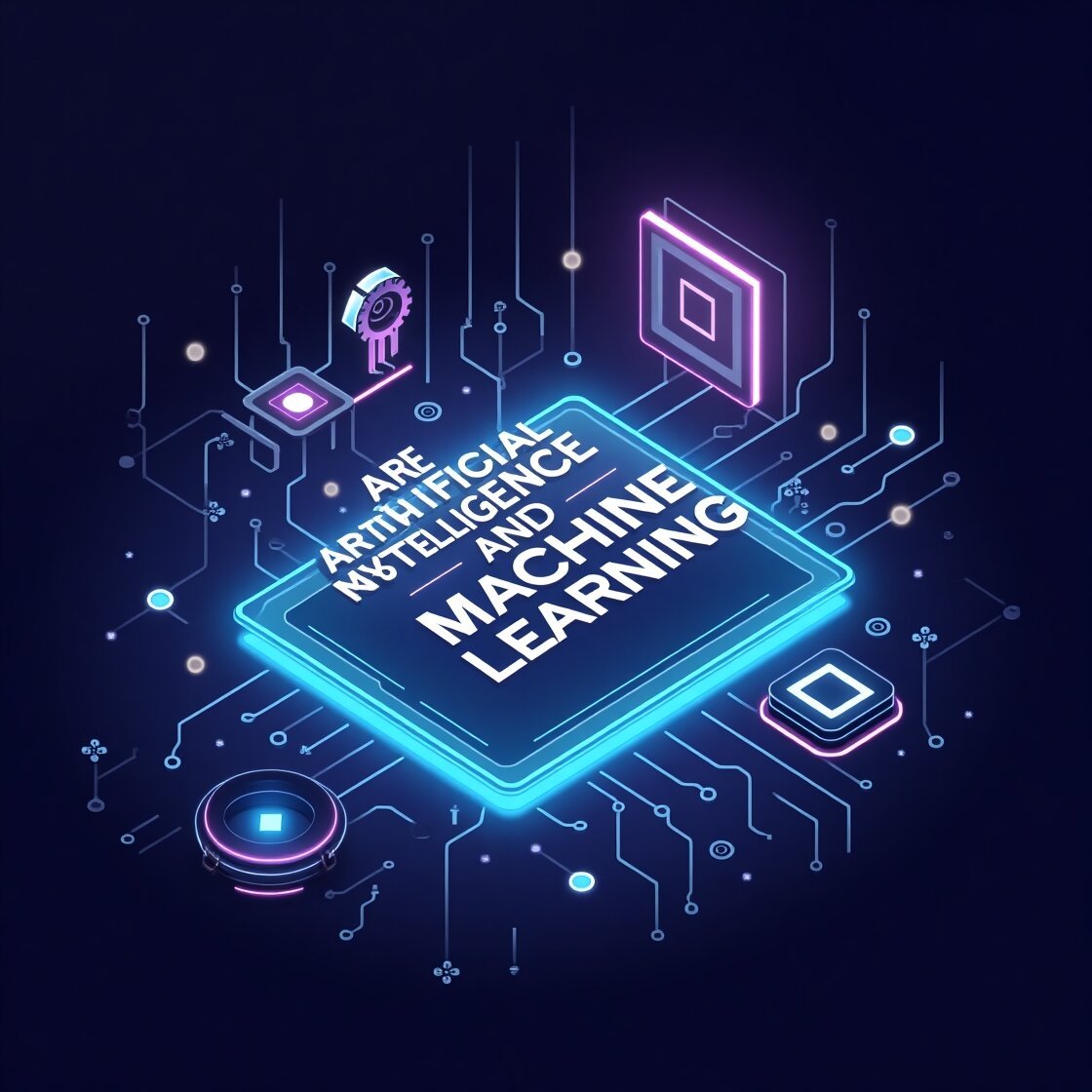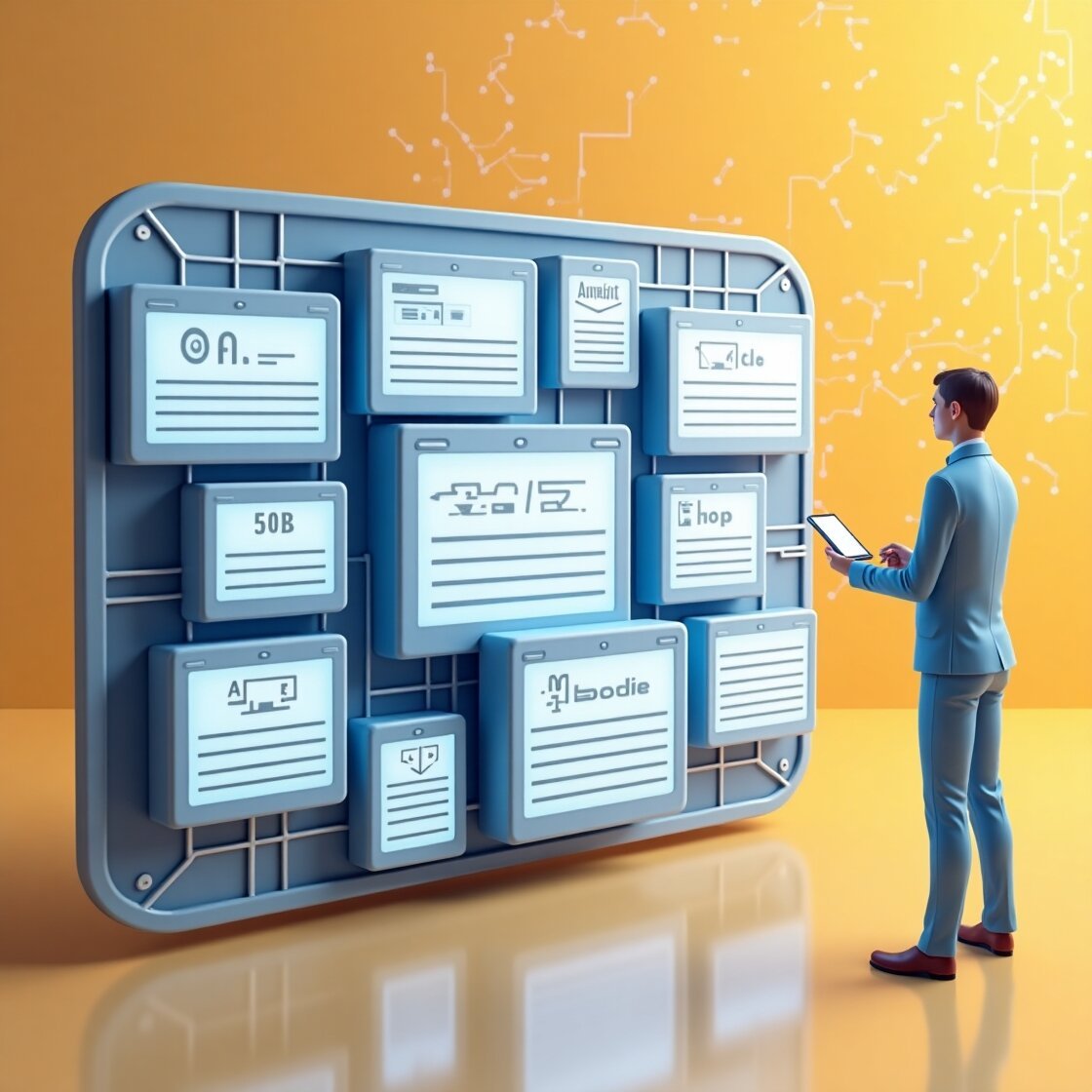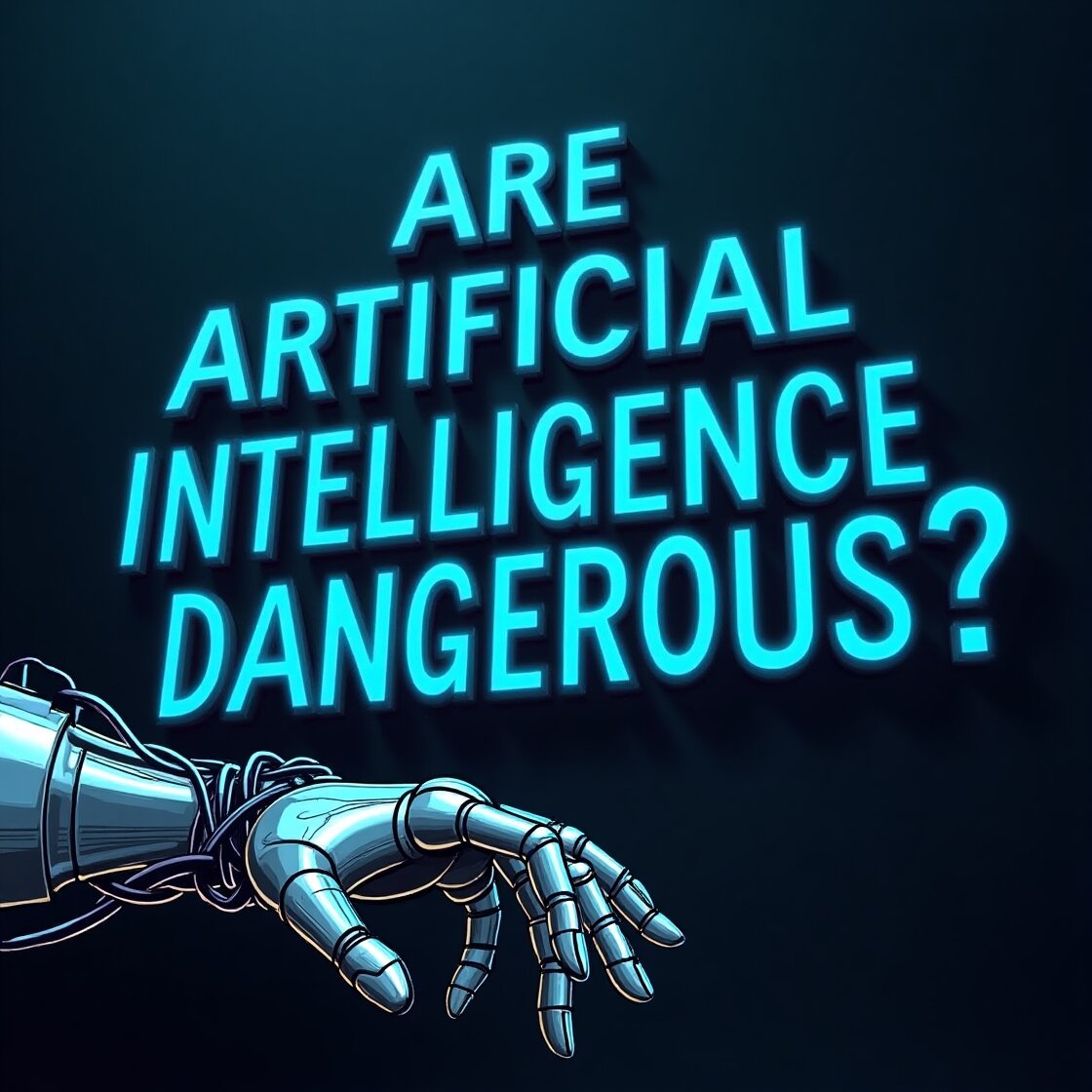Smart Home Searches
AI-powered home search platforms are changing the game for both buyers and real estate agents. These platforms use advanced algorithms to analyze user preferences, search history, and market trends to deliver highly personalized property recommendations. By leveraging machine learning, these systems can predict what types of properties a user might be interested in, saving time and effort.
Enhanced Property Listings
AI enhances property listings by automatically generating detailed descriptions, high-quality images, and even virtual staging. This means that potential buyers can get a comprehensive view of a property without ever stepping foot inside. AI tools can analyze a home's features, such as square footage, number of rooms, and amenities, to create compelling listings that attract more interest.
Virtual Tours: The Future of Home Viewing
Virtual tours have become increasingly popular, especially in the wake of the COVID-19 pandemic. AI technology enables real estate companies to offer immersive 3D tours that provide a realistic experience of walking through a property. These tours are not only convenient but also allow buyers to explore multiple properties in a short amount of time.
Interactive and Engaging Tours
AI-driven virtual tours are interactive, allowing users to click on various points of interest within a property. This interactive element makes the experience more engaging and informative. For example, potential buyers can view detailed information about specific features, such as kitchen appliances or flooring materials, simply by clicking on them during the tour.
AI in Predictive Analytics
One of the most powerful applications of AI in real estate is predictive analytics. AI algorithms can analyze vast amounts of data to forecast market trends, property values, and even potential investment opportunities. This information is invaluable for real estate investors and professionals looking to make informed decisions.
Streamlining the Buying Process
AI also streamlines the buying process by automating routine tasks such as scheduling viewings, sending notifications, and managing paperwork. This allows real estate agents to focus on providing personalized service and building relationships with clients. Additionally, AI chatbots can handle inquiries 24/7, ensuring that potential buyers receive prompt responses.
Conclusion
The integration of AI in real estate has brought about a new era of smart home searches and virtual tours. With AI-powered platforms, enhanced property listings, interactive virtual tours, and predictive analytics, the real estate industry is becoming more efficient and customer-centric. As AI technology continues to evolve, we can expect even more innovative solutions that will further transform the way we buy and sell homes.
In summary, AI is not just a trend but a fundamental shift in the real estate landscape. Embracing these advancements will ensure that real estate professionals stay ahead in a competitive market, providing exceptional service and value to their clients.
- 0 comments
- 40 views










.jpg.9a602e1ae1f42713c40d92c6661f5738.jpg)
